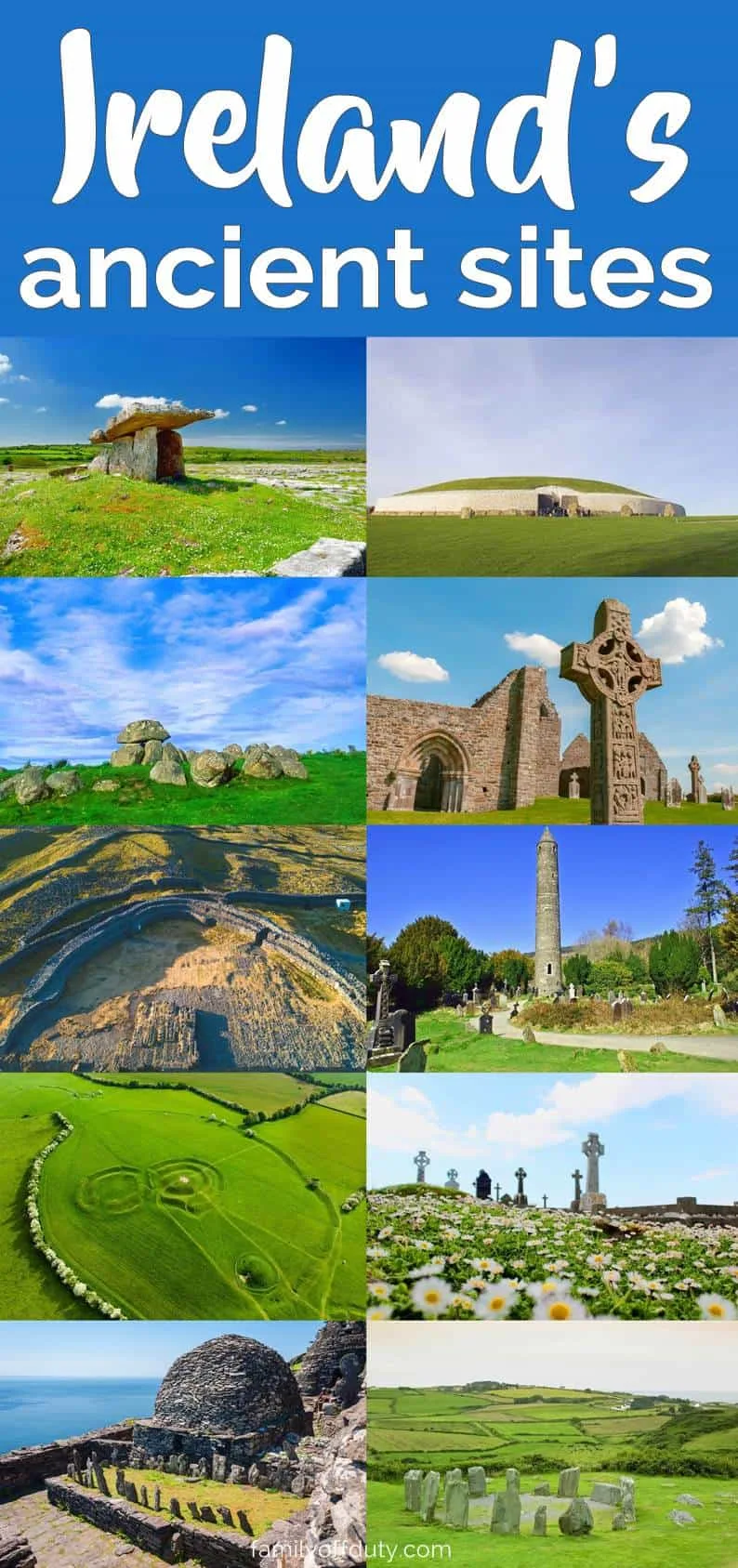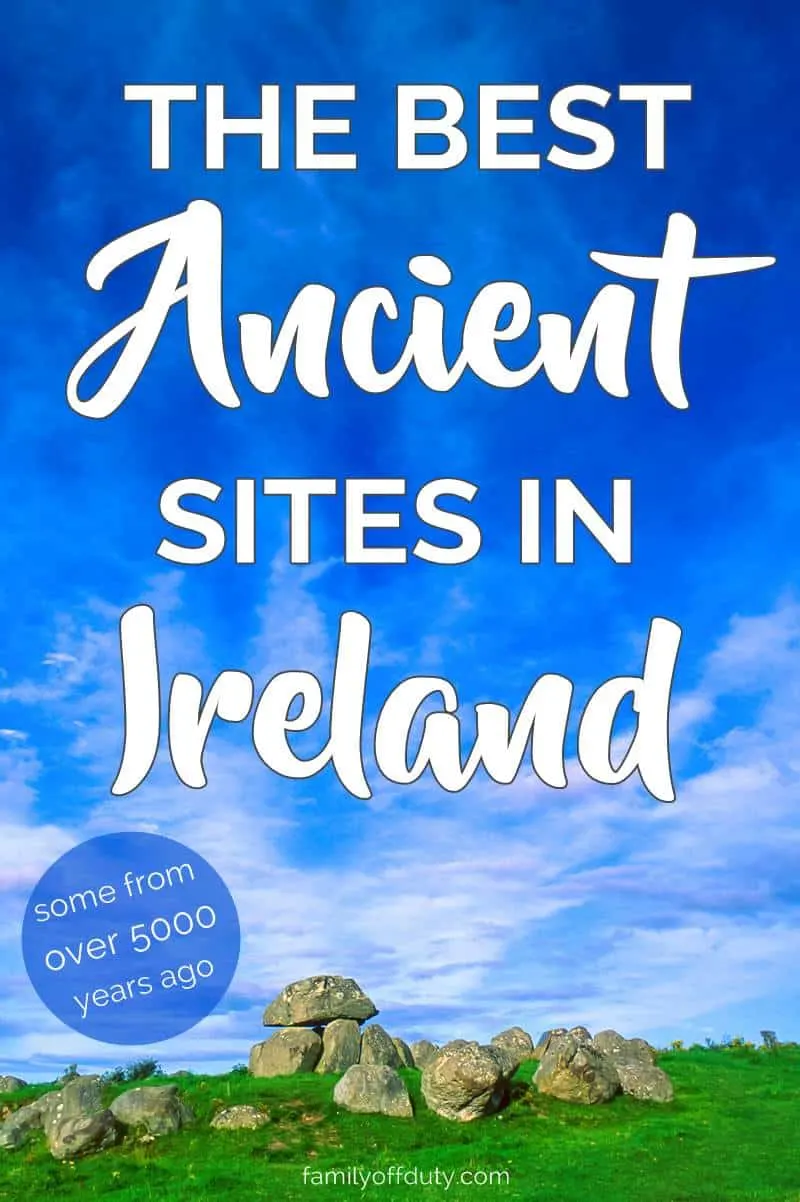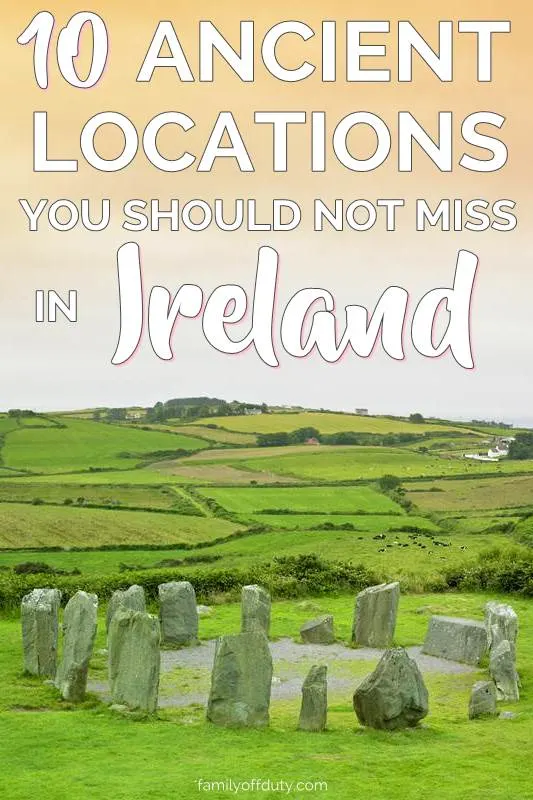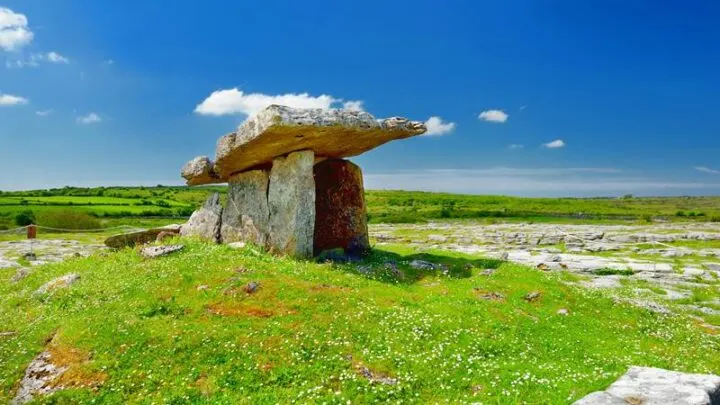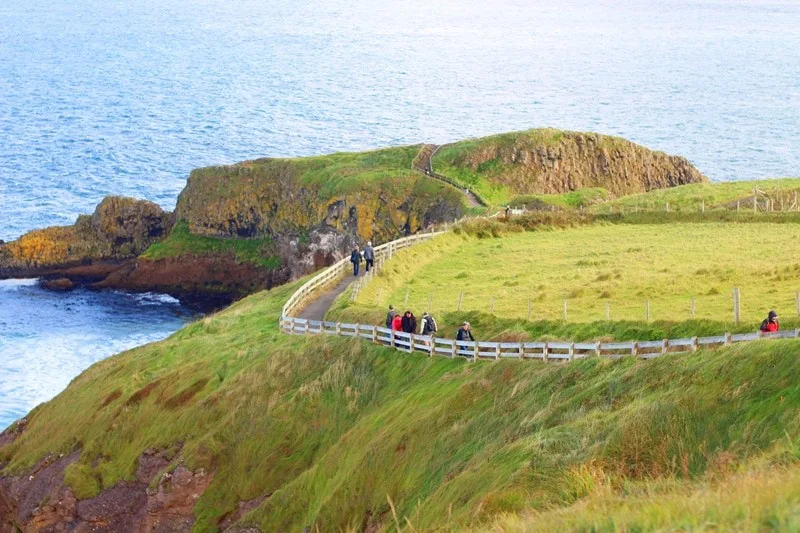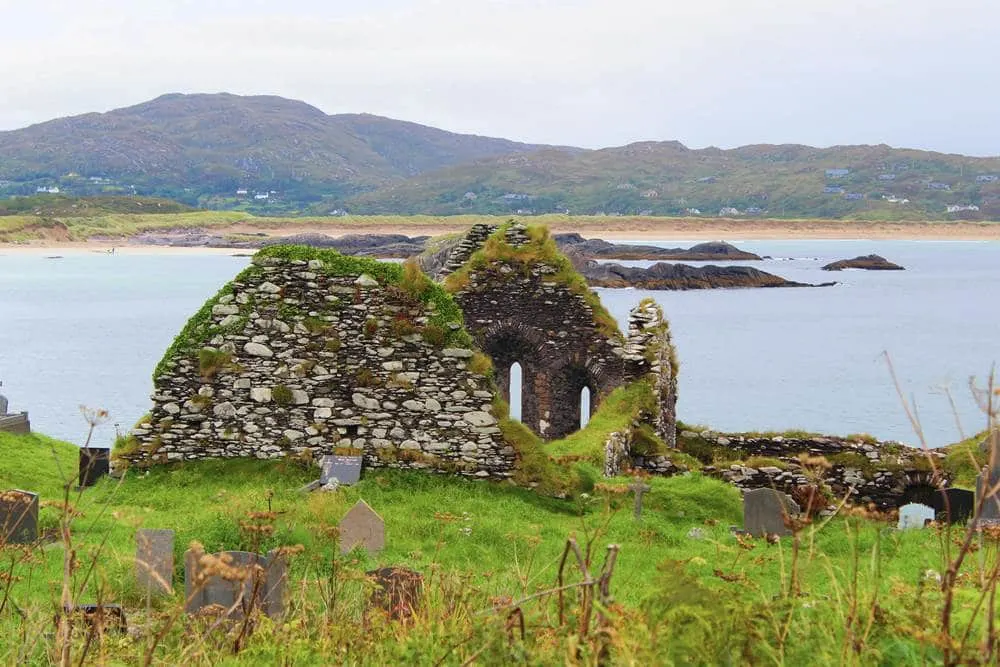Top 10 Ireland ancient sites to visit
Are you interested in ancient archaeological and heritage sites? Here I have listed ten ancient sites in Ireland for your next visit.
Millions of people visit Ireland, an island located in the North Atlantic, every year.
There are many things to see in Ireland, but some of the most popular are the sites that are important for the ancient history of Ireland, and some of the oldest sites in the world.
Luckily many ancient sites in Ireland remain well-intact for people to see today and a place where visitors can learn about ancient Ireland culture, way of living and history. These sites range from Neolithic to early Christian. From the Hill of Tara to Dun Aonghasa.
Be sure to visit at least one of these sites on your next trip to Ireland. These ancient map of Ireland and sites will give you a unique way to experience history from thousands of years ago with friends or family.
Tips on visiting these famous Ancient Ireland sites
Archaeological location, monastic and ancient pagan sites in Ireland are important for appreciating and learning about history, but they cannot continue to exist without proper respect from visitors.
You can respect Ireland’s ancient sites by:
- Leaving artifacts as they are
- Taking care not to damage surfaces
- Keeping your children close and safe
- Using only toilets that are provided
- Staying on designated sites, roads and marked spaces.
- And never leaving any trash.
There are a variety of ways to visit these ancient sites. You can choose to go on an arranged tour that you can book beforehand that will take you to a particular site or a group of sites. Or, you can make arrangements to visit these sites on your own, with the help of transportation where needed. For example, you must arrange a boat tour to visit Skellig Michael.
Before attempting to visit any of these sites, it’s important for you to check the weather. Many ancient sites will not be open to the public if the weather is unfavorable and they may be temporarily closed.
Other things to keep in mind is wearing the proper clothing to keep you comfortable for the heat or for the cold. If rain is in the forecast, ensure that you wear clothing to protect you from the rain. It is also important to wear the right shoes. Hiking shoes, for example, are a good choice, especially for steep, rugged hills.
Most ancient sites are now equipped with bathrooms and visitor centers, but some, such as Skellig Michael, are not. There are admission fees for some of the sites, while some of the other sites allow you to visit for free.
Ancient Ireland Map
Find below the map of Irish ancient sites, use this to plan your Irish vacation itinerary.
The best ancient sites in Ireland
-
Poulnabrone portal tomb
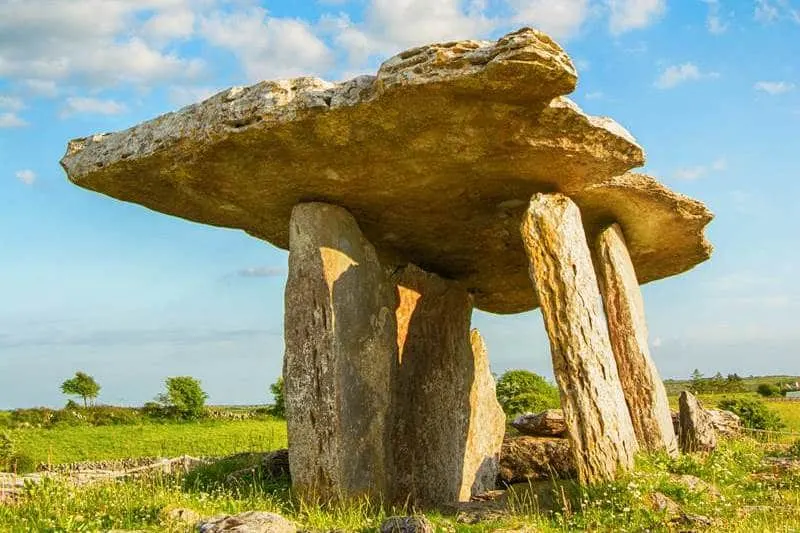
The Poulnabrone dolmen is one of the neolithic tombs in Ireland and a must see if you are visiting the Burren National Park in Co. Clare, on the west coast.
Poulnabrone dolmen, which translates from the Irish as “Hole of the quern-stones”, is a large portal tomb comprising three standing portal stones supporting another horizontal capstone.
The dolmen dates back to the Neolithic period, several thousand years ago – from somewhere between 4200 BC and 2900 BC. It is one of the best known and well preserved dolmens in Ireland.
The portal tomb was probably used for rituals, territorial marker or as a collective burial site as there were human remains found in the site when ti was excavated in the 80’s.
You can visit the site free of charge and the parking space is also free. There is no facilities around and the site is pretty much unspoiled with only a few informative posters about the history of the dolmen and a rope to limit the access the stones. It goes without saying that visitors should not trespass the rope.
-
Brú na Bóinne
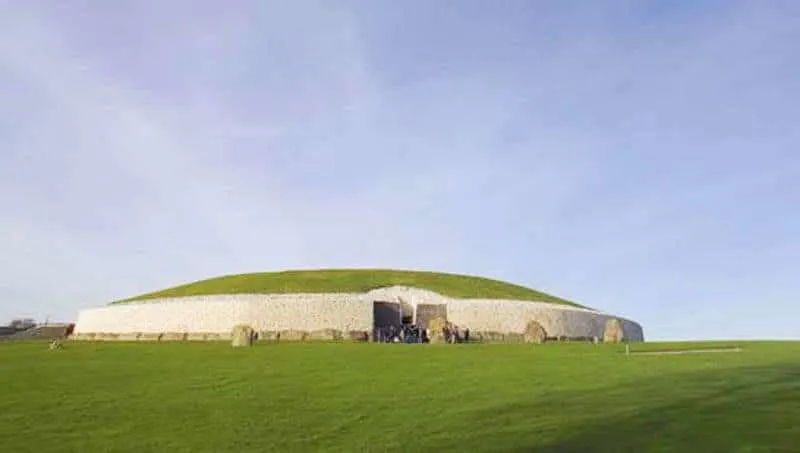
Brú na Bóinne is a world heritage site and one of the most important archaeological landmarks in Ireland. Located about 40km north of Dublin near Drogheda Brú na Bóinne is well worth a visit.
The site itself consists of three large passage tombs called Knowth, Newgrange and Dowth. Tours of Newgrange and Knowth tombs are possible but it’s best to book in advance online as the number of visitors is limited each day. Knowth is thought to be the largest assemblage of megalithic art in Western Europe.
Archaeologists dated the remains, artefacts and megalithic art back to the Neolithic age approximately 5000 years ago. Evidence suggests that the tombs were constructed in 3300 BC and one of the most amazing things happens at the winter solstice.
On the 21st December each year a beam of light shines directly through a window box at the opening of the passage. The source is so well directed that it lights up the whole passageway that leads to the heart of the burial chamber. It’s incredible to think that our ancestors had such astrological knowledge and could map the stars in this way.
There’s also a visitor’s centre which is free to visit. Here you’ll find a wealth of information about the history of the tombs. There’s informative displays and a life-size reconstruction of Knowth. Unfortunately, it’s closed at present for refurbishment, but it is due to reopen in September 2019.
Dowth however, can be visited without a tour, and you get a great view of the area if you climb to the top of the hill.
-
Glendalough Monastic Site
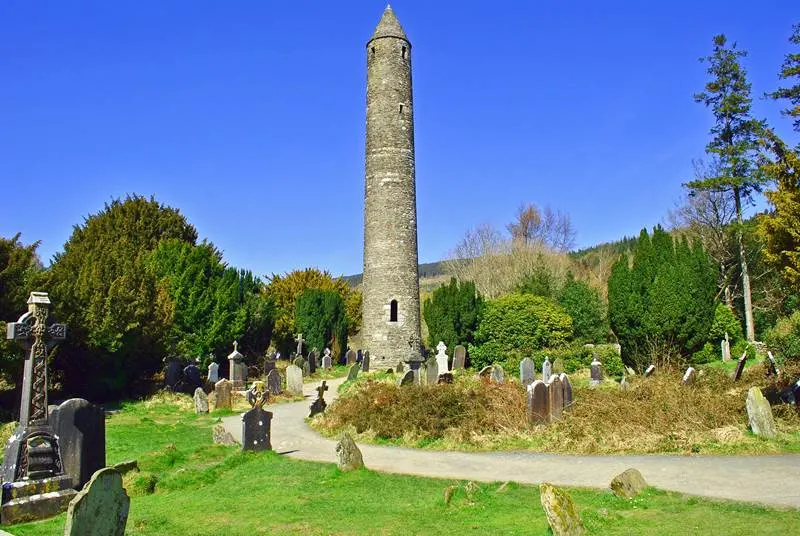
Glendalough, situated in the Wicklow Mountains national park, is home to the Glendalough Visitor Centre and monastic site which is well preserved and dedicated to show the fascinating history of this early Christian settlement founded by St. Kevin in the 6th century developing it to a “Monastic City”.
There are impressive Ireland monuments and ruins in the area, including a traditional Irish round tower that is 30-metre high, church and Celtic high crosses. The Upper and Lower Lakes are also situated in a spectacular natural location with beautiful views and hike trails for the outdoorsy visitor.
You can visit the exhibition at the Glendalough Visitor Centre which is accessible for visitors with disabilities offers a audiovisual show and has a model of the monastic site on display. The entrance to the visitor centre is free of charge but there is a fee for parking.
Glendalough is one of the top tourist attraction in Ireland’s Ancient East and there are several tours providers who offer day trips from Dublin to county Wicklow. You can also reach the national park by public transport or rental car.
-
Hill of Tara
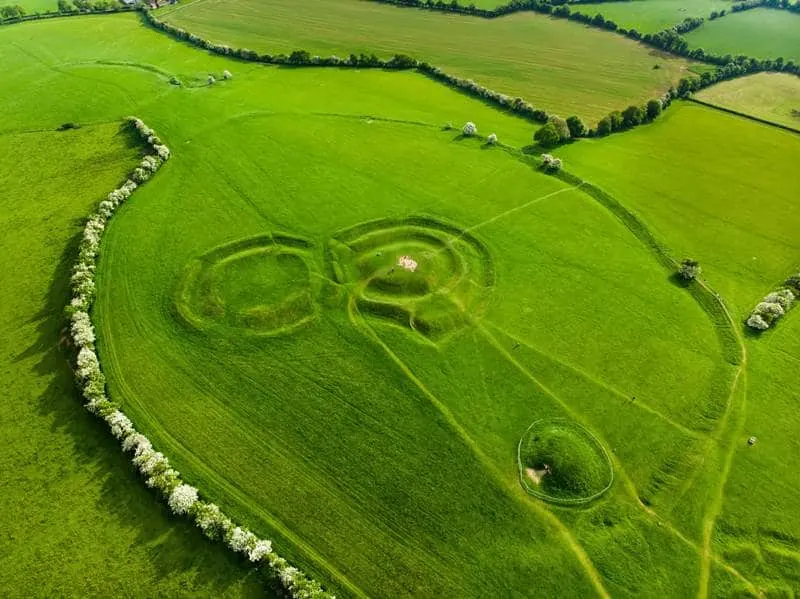
When it comes to ancient sites of Ireland, the Hill of Tara, located in the province of Leinster near the River Boyne in County Meath, is an excellent example.
It’s an archaeological complex that has ancient monuments of Ireland. During the Mesolithic period, between 10,000-4,500 BC, the area was held sacred and believed to be inhabited by Gods.
For those looking for gorgeous landscape on the Emerald Isle, the Hill of Tara provides it and more. The site is considered lucky and a place to be blessed.
At the site, you can experience an audio-visual tour and guided tours of 35 to 50 minutes are also available. Even though the tour is outdoors, visitors are encouraged to wear the proper clothing. If it’s raining, for example, be sure to wear weather protective clothing. Comfortable shoes should also be worn. The visitor center is open daily from 10:00 a.m. to 6 p.m. from April 25th to September 18th.
However, access to the Hill of Tara is available all year round. Admission fees apply.
-
Carrowmore
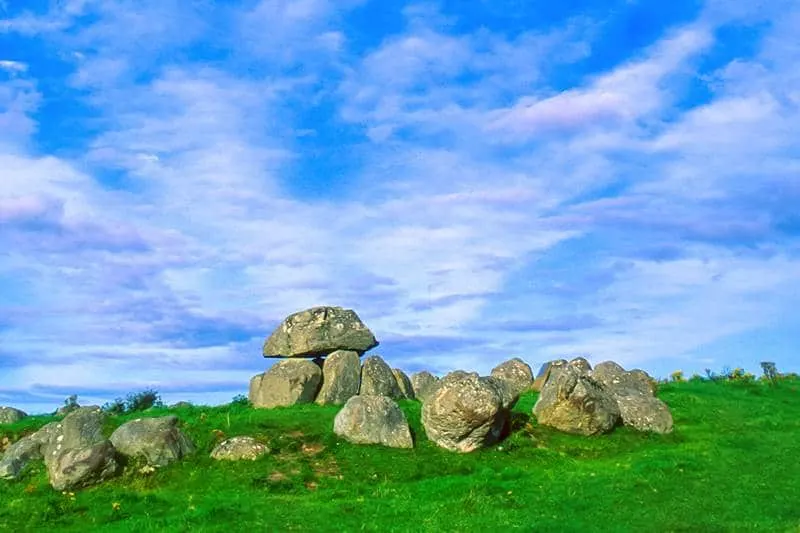
Ireland is known for many things, including its tombs. The Carrowmore in County Sligo is the largest and among the oldest graveyard of megalithic (large stone) tombs in Ireland. A megalith is created without the use of concrete or mortar.
Carrowmore is located on the Cúil Irra peninsula which can be found near the town of Sligo in Ireland. These 30 tombs range from 5,000 years old to 5,800 years old, built in the Neolithic era.
On the site, one can also find a restored cottage that includes an exhibition related to Carrowmore. One hour and 45 minutes guided tours are available.
If you are disabled, access to the tombs may be difficult. Wear suitable clothes for the weather and be sure to wear comfortable shoes, especially for uneven terrain. The site is open from March 28th to November 3rd from 10:00 a.m. to 6:00 p.m. Admission fees apply.
-
Drombeg Stone Circle

Druid’s Altar, or Drombeg Stone Circle, is a popular historic and archaeological site in Ireland that is thousands of years old. Visitors can find the 17 large stones stone arranged in a ring in the middle of the green countryside of County Cork.
It is unknown who exactly put the stones in the mysterious ring. However, it is believed that the site may have been used for ceremonies, which is why it is known as Druid’s Altar. When excavations occurred, objects including cremated bones were discovered, suggesting that the location was used as a place of burial.
The best way to reach the site is by vehicle. The site is outdoors, always open and always free.
Many believe the stones were arranged to capture the sunset. Therefore, one of the best days to visit is on the winter solstice. However, this is a popular site to visit at any time of the year.
Because the site is so popular, to avoid the crowds, it’s best to visit in the early morning when the number of people at the site is less and coaches haven’t arrived yet.
-
Scattery Island
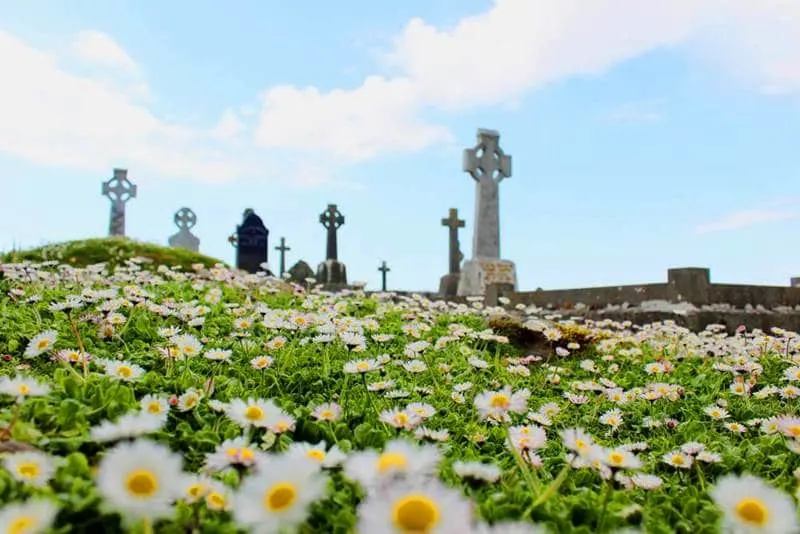
Scattery Island is located in the Shannon estuary in County Clare. The island was founded by Saint Senan in the 6th century who started a monastery at around 535 AD. The legend says St. Senan defeated a monster who inhabited the place and killed everyone who tried to enter the island.
The place is named after this battle between St. Senan and the monster as the island is called Inis Cathaigh (translate to ‘Island of the Battle’ from Irish).
In 815 AD the Vikings raided the Island and took residence there until they were ejected by the Irish Kings.
Scattery Island has been uninhabited for about 50 years but still has some well preserved Irish heritage buildings such a Round Tower and ruins of many churches. Apart from the Celtic heritage site it also a place to learn about the more recent Irish culture and history. In the island you can also find a lighthouse and artillery battery and it is definitely worth a visit.
You need to take a ferry with Scattery Island tours from Kilrush, Co. Clare to reach the island. Tours run from May to September with a free knowledgeable guide.
-
Skellig Michael

The rugged, beautiful, isolated Skellig Michael located in Country Kerry is one of two twin islands formed as much as 374 million years ago and is considered a nature site.
Of all of Ireland’s ancient site, the Skellig Michael is ideal for everyone who wants to visit one of the most remote and untouched sites in the world. Located eight miles from Portmagee village, “Skellig” means a splinter of stone, and the Skellig Michael is 54 acres of rock. The Spit is the highest point and it is 714 feet above sea level.
Skellig Michael, one of Ireland’s World Heritage Sites, is considered a religious rock due to its monastery history. Until around the 13th century, monks lived on the island in huts.
Today, these ancient huts located on the site, can be reached by climbing 600 steps. Therefore, this part of the site is not recommended for those who are unable to climb or for those who find climbing a large number of steps to be dangerous due to health issues. The site’s summit is 714 feet over the Atlantic so also not ideal for those who have a fear of heights.
The Island is remote site and the only way to get there is by boat. Most boats leave from Portmagee, and the trip takes about 90 minutes. Boat rides will not go out to the Skellig Michael if the weather is not hospitable. Therefore, be sure to check online to see if visitors are being allowed to visit Skellig Michael. The visit is about 2 ½ hours, not including the boat ride, and the number of people who are allowed to visit the site is limited. Visiting the site is free and there are no bathrooms.
-
Clonmacnoise
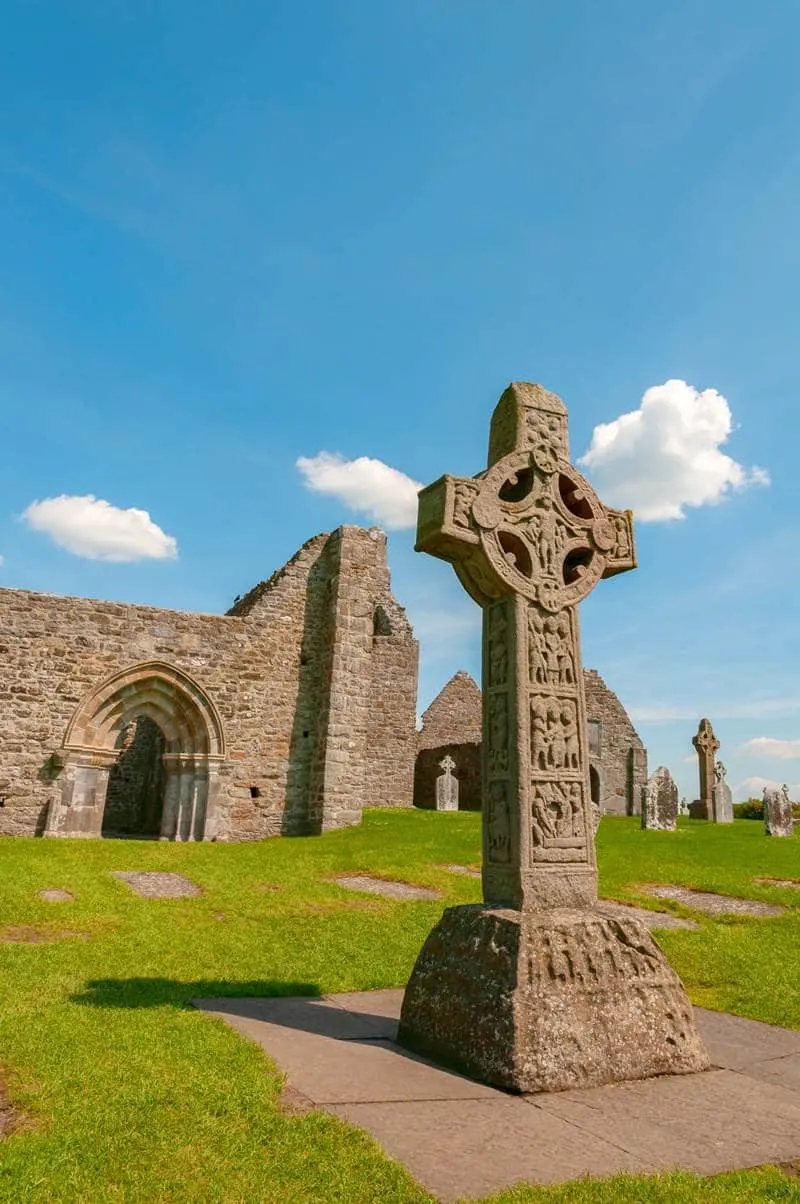
As with many ancient sites in Ireland, the Clonmacnoise in County Offaly is a religious sacred land in Ireland, specifically an early Christian site, and is an ideal site to experience early Christian history.
Clonmacnoise was founded in the 6th century by St. Ciarán who was one of the 12 Apostles of Ireland. Located on the sites are the ruins of a cathedral, a total of seven churches that were built between the 10th and 13th century, three high crosses, two round towers and grave sites of early Christian.
At the visitor center, visitors can watch an audiovisual presentation of the site. There are also other exhibitions founded the visitors center. The site is open all year at various times according to the seasons, and there are admission fees.
-
Dun Aonghasa

Dun Aonghasa is the largest prehistoric stone fort located on the Aran Islands which are located off the coast of County Galway.
Dun Aonghasa is a spectacular semi-circular stone fort, located on 14 acres, overlooking the Atlantic ocean, and it is a site that is one of the most popular in Ireland. When you are at the fort you can experience views of 75 miles of the Irish coastline.
The Dun Aonghasa site includes a visitor center. Guests of the site are free to take tours of the site. Before taking one of the tours it’s important to make sure that you wear the correct clothing for the weather. You are also advised to wear the proper shoes for uneven terrain.
The fort is open all year, with various hours during the year. It takes about one hour to one and a half hours to visit the site. There are admission fees. Many people choose to cycle to the fort.
Many well preserved sites of ancient Ireland history can still be visited today. With respect and responsible tourism these ancient ruins in Ireland will be available for the public for many many years ahead.
Recommend Ireland travel guide posts:
PIN FOR LATER!
